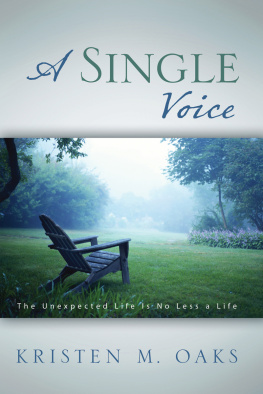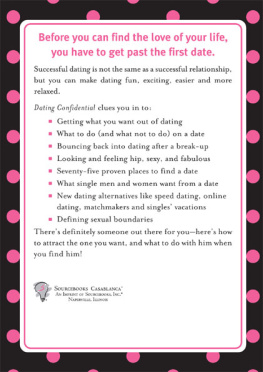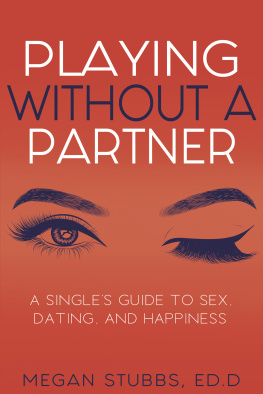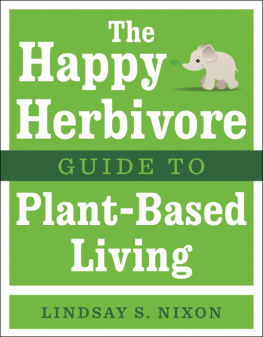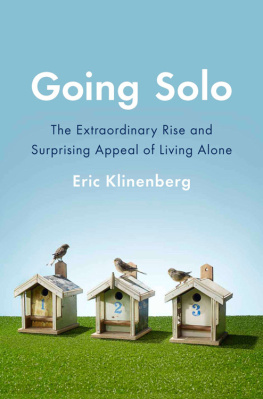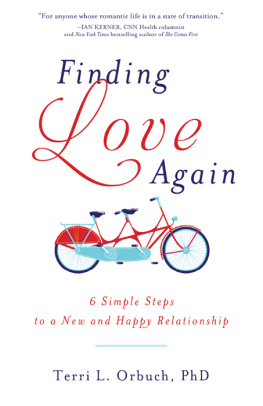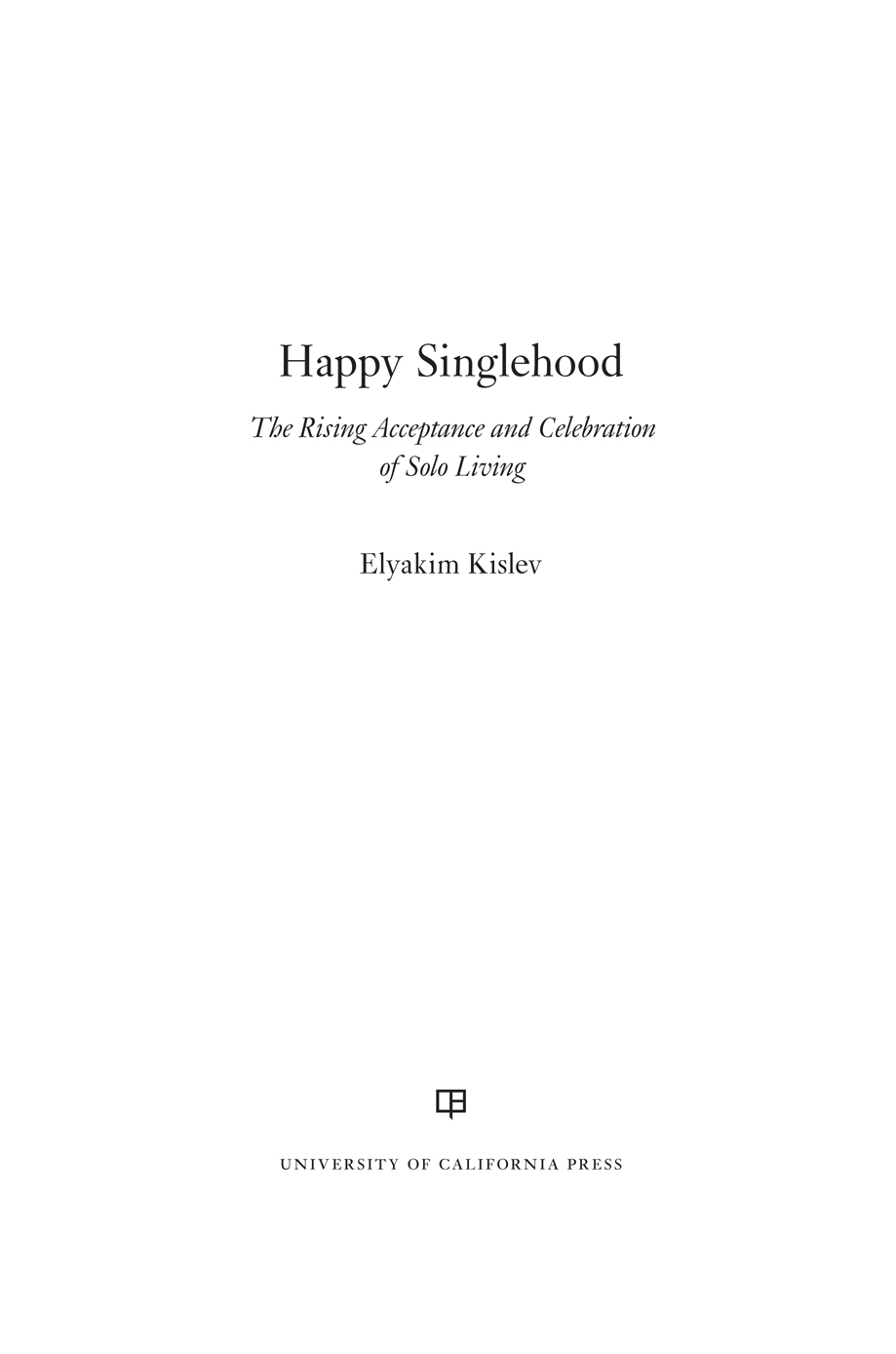
CONTENTS
List of Illustrations
Acknowledgments
Introduction
The Age of Singlehood
Happy Singlehood in Old Age
Defying Social Pressure
Sleeping Alone, Bowling Together
Singling in a Postmaterialist World
Work Hard, (but) Play Hard
The Future of Happy Singlehood
Conclusion: What Can States, Cities, and Social Institutions Do for Singles?
Notes
Index
Happy Singlehood
Happy Singlehood
The Rising Acceptance and Celebration of Solo Living
Elyakim Kislev

UNIVERSITY OF CALIFORNIA PRESS
University of California Press, one of the most distinguished university presses in the United States, enriches lives around the world by advancing scholarship in the humanities, social sciences, and natural sciences. Its activities are supported by the UC Press Foundation and by philanthropic contributions from individuals and institutions. For more information, visit www.ucpress.edu .
University of California Press
Oakland, California
2019 by Elyakim Kislev
Library of Congress Cataloging-in-Publication Data
Names: Kislev, Elyakim, author.
Title: Happy singlehood : the rising acceptance and celebration of solo living / Elyakim Kislev.
Description: Oakland, California : University of California Press, [2019] | Includes bibliographical references and index. |
Identifiers: LCCN 2018038419 (print) | LCCN 2018042483 (ebook) | ISBN 9780520971004 (Epub) | ISBN 9780520299139 (cloth : alk. paper) | ISBN 9780520299146 (pbk. : alk. paper)
Subjects: LCSH : Single people.
Classification: LCC HQ 800 (ebook) | LCC HQ 800 . K 53 2019 (print) | DDC 306.81/5dc23
LC record available at https://lccn.loc.gov/2018038419
Manufactured in the United States of America
28 27 26 25 24 23 22 21 20 19
10 9 8 7 6 5 4 3 2 1
ILLUSTRATIONS
Percentage of singles between the ages of thirty and thirty-four in the years 20102014
Average US city population by marital status
The incidence of loneliness, according to age and marital status
Importance assigned to making independent decisions, among married versus unmarried individuals
Happiness in relation to the degree of social meetings and social activities
ACKNOWLEDGMENTS
I express my gratitude to the many people who saw me through this book: to all those who provided support, talked things over, read, wrote, offered comments, allowed me to quote their remarks, and assisted in the editing, proofreading, and design.
First and foremost, I owe much gratitude to all those surrounding me. I thank my dear family, whose love and appreciation are irreplaceable; my colleagues at the Federmann School of Public Policy and Government at the Hebrew University, whose professionalism is a true inspiration; and all my wonderful friends, whose support and encouragement are at the very core of this book.
This book is certainly not mine alone. I worked on this book with the most brilliant and diligent team of people I have ever known, and I owe them my deep gratitude. Above all, I thank my outstanding research assistant, Aurel Diamond, whose help was truly invaluable. I also thank all the interviewers who helped me collect the qualitative data presented here. A special thank you to Mark Moore and Kiera Schuller. Without their help, the interviews, data gathering, and analysis would have never been completed on time. I also thank Eviatar Zlotnick for punctiliously helping me in collecting and analyzing a major part of the blog posts about singlehood.
Last, but certainly not least, I thank Naomi Schneider, the chief editor of this book, and her entire team at University of California Press for believing in this work and pushing me high and above. Thank you all.
Introduction
It is Friday night in conservative Jerusalem. I am a little kid. The public siren, the same one that calls out attacks, begins its two-minute wail, announcing to the city that it is Shabbat time. My family is ready: the table is beautifully set; the house overflows with succulent aromas of the delicious Friday night meal my mom has prepared; and we are all dressed in clean, white-collared shirts. My mom lights five candles: one for each of my parents and three others for her children, my two brothers and me. Standing on tiptoe, looking out the window, I see lights dotting the neighborhood. Every apartment shelters a seemingly happy family enjoying delicious food in a clean dwelling; men, women, and children poised to spend this night and the next day together. No phones. No television. Just family time.
I walk with my father to the synagogue, where every family has its own reserved spot. Everyone around me seems content, even holy. But over in a corner, I always see one manthe same manstanding with his only child, himself an unmarried guy in his thirties. The fathers wife has been dead for years, and everyone knows the son. Everyone knows he is unmarried, too. I watch them every time, curious to know what they feel, how they spend their evenings. They never seem happy, at least not to me.
I see them to this very day, more than twenty years later, when I visit my parents and return with my father to my boyhood place of worship. The father, now hunchbacked, and his son still live together; both are unmarried and shy, and they keep to themselves.
When I grew up and moved to New York City for my doctoral studies, I discovered a totally different world, full of singles who seemed like the bold and the beautiful. It was the fast-paced, competitive New York that everyone hears about, but which in real life is even faster. Everyone rushed from one thing to the next, from one sexual encounter to another, trying to engage in big-city life. They did not need marriage to fit in. In fact, meeting someone in Manhattan with a family was more the exception than the rule. When someone said, Hey, guys, Im getting married (and moving to Queens, of course), the underlying message came in loud and clear: Im donegame over.
Looking back now, I realize how naive I was in my assessment of these two contrasting worldsmarried and single. Not everyone lived happily ever after in the tightly knit community of my childhood neighborhood. Some members endured divorce, including my own two brothers, while others continued life in miserable, unhappy marriages. It seems to me, upon reflection, that the latter probably suffered more than anyone. In fact, I often reflect on the old man and his unmarried son living in their own world. Should I have felt pity for them, or was I blinded by my own ingrained family-normative prejudice?
I also think back to my fellow New Yorkers rushing from date to date, jumping into relationships only to quickly realize they wanted out as soon as possible, feeling suffocated and urgently needing to breathe the air of freedom. Still unmarried myself, I understand now that we were neither bold nor beautiful. We shuttled back and forth; we ran hard, but without purpose. In a way, we mirrored the rats we saw every day in the subway tunnels driven by hunger and distress.
Apparently, marital status is last on the list of things we believe we should accept. We are open to various sexual identities, we celebrate different ethnicities, and we tolerate a wide array of political views, yet we still live in a society where singles, especially in advanced adulthood, are urged to couple up or otherwise face prejudice. In one study, for example, one thousand undergraduate students were asked to list characteristics they associated with married and single individuals. Married individuals were referred to as mature, happy, kind, honest, and loving. Conversely, singles were perceived as immature, insecure, self-centered, unhappy, lonely, and even ugly.
Next page

